In today’s digital age, coding has become an essential skill for kids to learn. It fosters creativity and problem-solving abilities, and it also prepares them for future careers in technology. To make the learning process enjoyable, we’ve curated a list of 9 fun and simple programming tasks that will stimulate young minds. These kid-friendly projects offer a great foundation for kids to learn programming because they are made with their interests in mind. Let’s start now!
Table of contents
Scratch animation
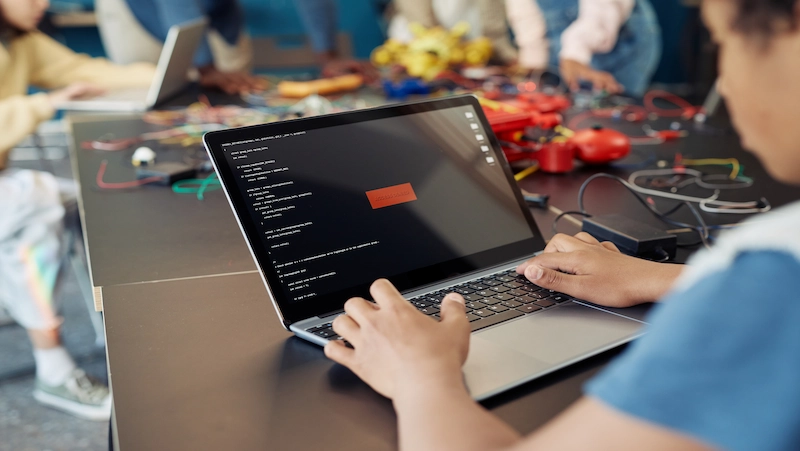
Even for young children who are unfamiliar with programming, Scratch is simple to learn. It’s simple to drag and drop commands to create projects thanks to the programming language’s block-based structure. Online lessons and materials are also widely available to assist children in learning Scratch.
Children can increase their creativity by using Scratch coding for kids. They are able to make their own stories, games, and animations using Scratch. They can cooperate with children from around the world using Scratch.
Scratch is a fantastic tool for teaching young children programming. It’s an enjoyable and interesting method to learn about this crucial ability. Scratch is a fantastic choice if you’re searching for a means to pique your children’s interest in programming.
A scratch project can be developed with a few easy steps.
Interactive Story
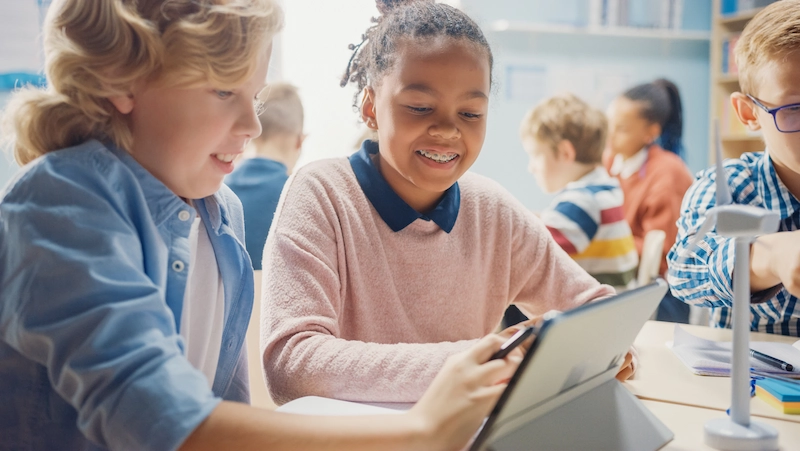
Kids can be engaged and educated by reading interactive stories. They can be used to impart knowledge on a variety of topics, including arithmetic, science, and history. They can also be utilized to foster children’s creativity and problem-solving abilities.
There are a few steps you must do if you want to write an interactive story for children. You must first come up with a plot concept. You must make a storyboard after you have a concept for a story. You can plan out the various scenarios and visualize the plot with the aid of the storyboard.
You can start programming the tale once you have a storyboard, and this process can be further enhanced with short stories for kids. You can construct interactive stories using a variety of different computer languages. Python, Java, and Scratch are a few of the more well-known languages.
You must test the narrative after you have programmed it to ensure that it functions properly. You can test the narrative on your own, or you can enlist the assistance of friends or relatives.
You can tell the world about your narrative once you’ve tested it and are satisfied with it. You have two options for publishing the story: either online or on paper.
Making an interactive story for children may be enjoyable and fulfilling. It is a wonderful way to inspire others with your creativity and to support the development of young people.
Here are some more pointers for writing an interactive children’s story:
- Don’t complicate the story. Because children have limited attention spans, it’s crucial to make the story straightforward and to the point.
- Use pictures. Use pictures to assist illustrate the story because young children learn best by seeing.
- Make the narrative engaging. Give children the chance to participate in the storytelling since they enjoy being in charge.
- A tale test. Before sharing the tale with others, make sure it functions properly.
- Tell the tale. Share the tale with the world after you are satisfied with it.
Minecraft Modding
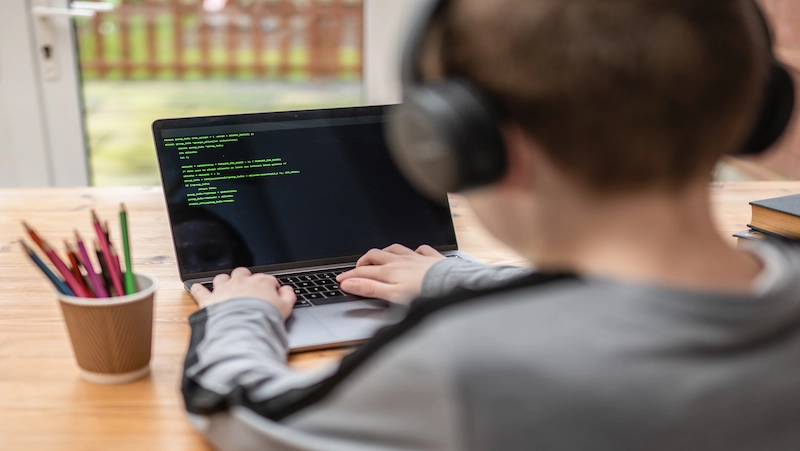
Kids may learn about game creation and coding through Minecraft modding. Kids can learn valuable skills that they can use in other parts of their lives, and it can be a joyful and gratifying experience.
Starting a Minecraft mod can be done in a variety of ways. Online resources and tutorials abound, and certain kid-friendly modding tools are also accessible, making it simple to get started.
Kids can begin creating their own unique material once they have a basic understanding of how to modify Minecraft. They may expand the game with brand-new blocks, goods, monsters, and even whole dimensions. They can also design fresh game modes and difficulties.
Kids can really use Minecraft modding to showcase their ingenuity. Additionally, it can teach children programming, game development, and problem-solving skills. There are many resources available to aid your youngster in getting started if they want to learn more about Minecraft modding.
Modding in Minecraft using Forge and MCreator
Forge and MCreator are the two primary methods for altering Minecraft. Although Forge is a more potent mod loader, it can also be trickier to operate. A simpler mod loader made specifically for children is called MCreator. It is perfect for novices because it is simple to use and has many functions.
You must download Forge or MCreator in order to begin altering Minecraft. You can start making your own mods as soon as you download one of these mod loaders. There are numerous online resources that can teach you how to mod Minecraft.
Kids may learn about game creation and coding through Minecraft modding, while also benefiting from mindfulness games for kids. Kids can learn useful skills that they can use in other aspects of their lives, and it can be a joyful and gratifying experience.
Here are some pointers for young people who want to begin Minecraft modding:
- Start with an easy modification. Try not to make anything overly complicated at the start.
- Utilize online tools to assist you in learning how to mod Minecraft. There are numerous manuals and tutorials available.
- Never hesitate to seek assistance. Many people are eager to assist children in learning how to modify Minecraft.
- For children, Minecraft modding is a fantastic method to learn and have fun. Kids can make their own tweaks and share them with their friends and family with a little effort.
Web Page Design
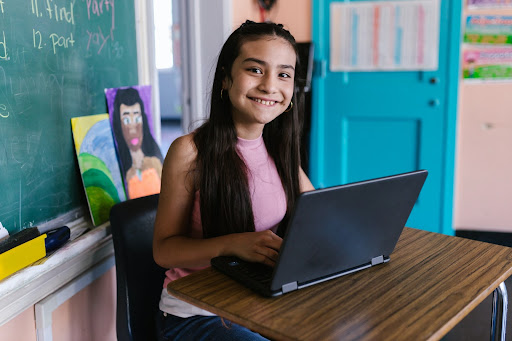
The issue of creating websites for children is distinct. On the one hand, you want to design something that would appeal to kids visually and keep them interested. On the other hand, you must guarantee that the information is suitable for their age and stage of development.
BrightChamps specially designed curriculum makes learning programming simple for students in grades 1 through 12. It also teaches a variety of additional programs that help children develop a foundation in computer programming through activities, interactive lessons, and other means. By practically learning coding concepts kids can be confident in creating unique projects and further developing their skills.
Introduction to HTML and CSS
The world of coding and technology can be introduced to children through web page creation utilizing HTML and CSS. While CSS is used to manage the page’s style, HTML is the language that specifies how a web page will be organized. Children who master these two languages can design their own distinctive and eye-catching websites.
Children can learn HTML and CSS with the aid of a variety of resources. The fundamentals of these languages can be taught to children through online tutorials, books, and even coding camp for kids near me. Kids can begin building their own websites once they have a basic understanding of HTML and CSS.
A website can be created in a variety of ways. Kids can use their imagination to design a fun and interesting website. To distinguish their website, they can also employ photographs, videos, and other multimedia components.
Children’s web page design is a fantastic approach to fostering their creativity and problem-solving abilities. Kids can learn about the internet and how it functions with its aid. Consider teaching your child HTML and CSS if you’re seeking a fun and educational activity for them to do.
Here are some pointers for instructing children about web page design:
- start with the fundamentals. Teach children how to organize a web page and about HTML tags.
- Employ visual aids. Use pictures and movies to assist children understand the concepts because they learn best by seeing things.
- Funnel it out. Make learning enjoyable for children by adding entertainment value.
- Be tolerant. Being able to code takes time, so be patient with your youngster and try not to become frustrated if they don’t immediately grasp everything.
- You can assist your kid in mastering the fundamentals of web page design and constructing their own stunning websites with a little time and work.
Chatbot

A chatbot is a computer program that can mimic human users in conversation. Chatbots are frequently employed in customer service software where they can assist consumers and answer inquiries, while also being useful for teaching kids kindness through interactive conversations. They can also be utilized for leisure activities like storytelling or gameplay.
Introduction to chatbot development using Dialogflow
A cloud-based tool called Dialogflow makes it easy to create chatbots. It has several features that make it simple to build and manage chatbots, such as:
- a system that can analyze user input and understand natural language
- Create and modify chatbot talks using a dialogue flow editor.
- a variety of pre-made entities and intents that can be utilized to build basic chatbot capabilities
How to build a child-friendly chatbot
In order to design a chatbot for children, you must:
- Pick a subject for your chatbot. This might be anything, including science, math, or even animals.
- Develop a conversation flow for your chatbot. Defining the many intents and entities your chatbot will comprehend is necessary for this.
- Give your chatbot some character. Giving it a name, a voice, and certain emotions may be necessary for this.
- Use kids to test your chatbot. You can use this to determine where the chatbot needs to be improved.
Here are some pointers for creating a productive chatbot:
- Ensure simplicity. Make sure your chatbot is simple to use and understandable for children as they have short attention spans.
- Utilise everyday language. Make sure your chatbot can comprehend and reply to queries and requests from children because they are accustomed to communicating in natural language.
- Be innovative. Add some games and entertainment to your chatbot because kids enjoy being entertained.
- Use kids to test your chatbot. You can use this to determine where the chatbot needs to be improved.
Game Development
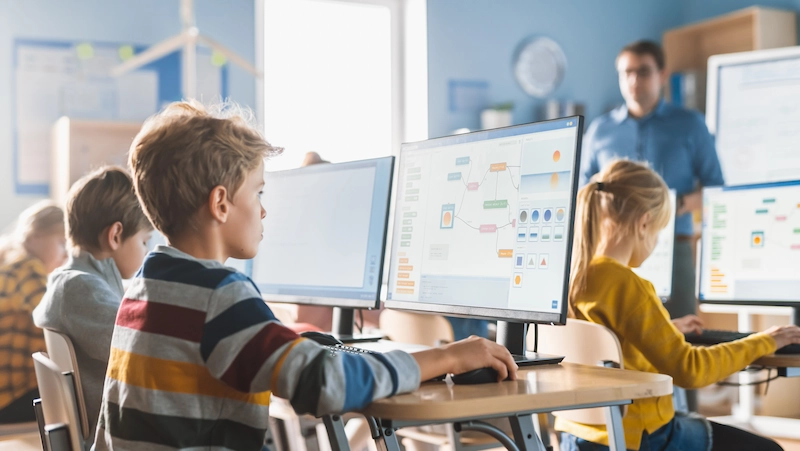
People of all ages can enjoy the creative and gratifying process of game production. It is a fantastic way to broaden your skill set, exercise your creativity, and have a good time. There are numerous resources available to assist you in getting started if you are interested in learning more about game creation.
Playing online games for kids first is one of the finest methods to learn about game production. Pay attention to the game mechanics you like, then consider how you may make something comparable. The fundamentals of game creation can also be learned through a variety of books and websites.
You can begin making your own games as soon as you have a basic understanding of game development. Choose the programme or tool that is best for you from the wide variety available for game creation. There are numerous online forums where game makers can offer advice and feedback.
Step-by-step instructions for creating a 2D platformer game
The following are detailed guidelines for developing a 2D platformer game:
- select a gaming engine. Although there are many alternative game engines available, Unity and GameMaker Studio are two of the most well-liked choices for 2D platformers.
- Create your own game. This entails creating an idea for your game, including the plot, protagonists, and gaming mechanics.
- Make your resources. This entails making the game’s sprites, tiles, and soundtrack.
- Game programming. Writing the code that manages the player, monsters, and stage layout is where you’ll give your game life.
- Try out your play. This is a crucial stage in ensuring that your game functions as intended and is enjoyable to play.
- Launch your game. You can make your game public if you are satisfied with it.
Additional guidelines for making a 2D platformer game are provided below:
- Begin modestly. Avoid attempting to create your ideal game right immediately. Start by playing a brief, straightforward game that you may finish quickly. You’ll be able to build your skills and learn the ropes thanks to this.
- Don’t be frightened to try new things. When it comes to creating games, there are no rules. Examine new approaches to see what works.
- Get opinions. When your game is ready to be played, show it to people and ask for their opinions. You can use this to find out where you need to improve.
- A wonderful time! Game creation ought to be fun. Your performance will suffer if you aren’t enjoying yourself.
Mobile App Development
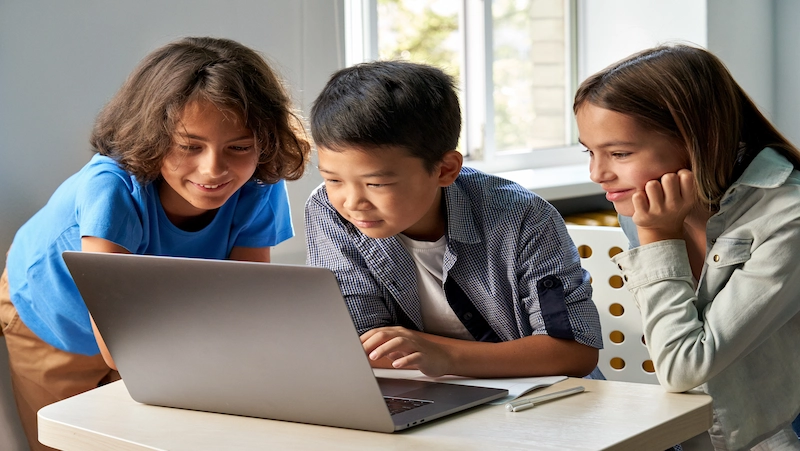
Children can learn coding and computer science through mobile app creation. Even if children lack any prior knowledge, getting started is simple thanks to the wide variety of tools and materials accessible.
MIT App Inventor is one of the most well-liked tools for creating mobile apps for children. Kids can use a drag-and-drop interface on this free and open-source platform to create apps for Android and iOS devices. Kids can learn the fundamentals of coding and app development through the various online tutorials and courses that are accessible.
Mobile app creation for kids, through coding apps for kids, can help children learn coding as well as other crucial skills like collaboration, creativity, and problem-solving. Also, it may be a lot of fun!
Step-by-step instructions for creating a basic app
A programming language should be chosen. While there are many different programming languages available, some of the more well-liked ones for children are Scratch, App Inventor, and Tynker.
Create a concept for your app. What sort of application do you want to develop? How will it act? It is for whom?
Prepare your app now. Once you have an idea, you should begin developing your app. This covers activities including formulating feature ideas, creating the user interface, and writing code.
Create your app. Once you have a strategy in place, you can begin developing your app. You will implement all of your ideas at this point.
Examine your app. After your app is created, it’s crucial to properly test it. You can use this to find any bugs or other issues that need to be repaired.
Release your app. You can publish your app to the app store once it has been tested and found to be functional.
Making an app for children may be enjoyable and gratifying. These instructions will help you design an app that will instruct and amuse children of all ages.
Music maker
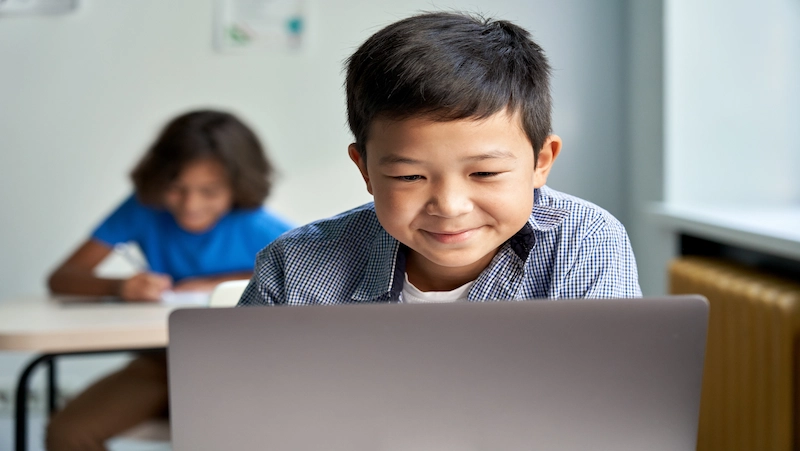
Kids can learn about music and computer science through music-maker programming, which is entertaining and interesting, making it an innovative approach to coding for kids. It blends the logical reasoning of programming with the artistic creativity of music, and it can aid in the growth of a number of talents in children, including creativity, problem-solving, and critical thinking.
You can choose a music creator programming program that is suitable for your child’s age and hobbies from a wide variety that is readily available. Scratch, Sonic Pi, and MaxMSP are a few well-known applications. By programming instruments, beats, and melodies, these programs let kids make their own music.
Music maker programming can be a terrific way for youngsters to learn about STEM subjects while also being entertaining. Kids can get a grasp of ideas like loops, variables, and functions by learning how to program music. Additionally, they can learn about the many components of a computer and how they interact.
A free, open-source programming language for making music is called Sonic Pi, which is also one of the notable kids coding languages. Even for those without any prior programming knowledge, it is made to be simple to learn. Sonic Pi is a potent instrument that may be used to produce a wide range of musical styles, from straightforward melodies to intricate compositions.
Installing the program on your computer is required before you can begin using Sonic Pi. You can start making music as soon as you launch the program after installation. You can write code to make your music on the Sonic Pi using the editor that is already there. Although Ruby is the language used to write the code, Sonic Pi can be used without having any knowledge of Ruby. The editor contains several tools that make writing music simple, like a built-in help system and a graphical interface for making notes.
If you press the play button after writing some code, it will run. After that, Sonic Pi will start playing the music you have composed. You can alter the code using the editor and hear the changes as they take effect.
Sonic Pi is an effective instrument that may be used to make many different types of music. Even for non-programmers, it is simple to understand and utilize. Sonic Pi is a wonderful place to start if you’re interested in making music.
Artificial intelligence
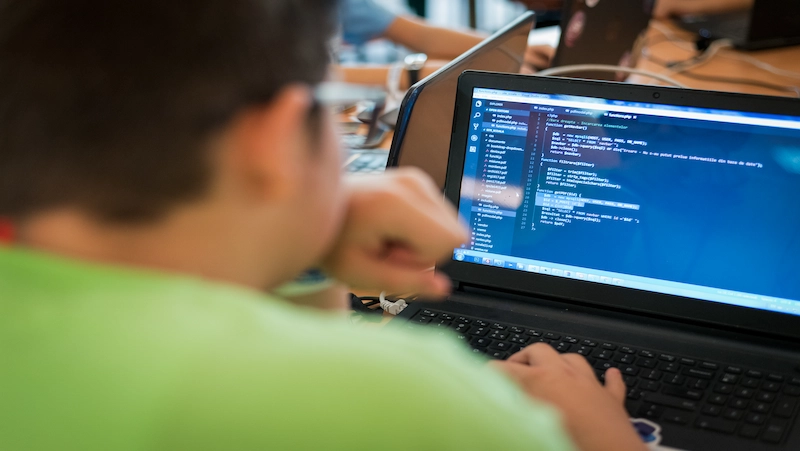
A subfield of computer science called artificial intelligence (AI) focuses on the development of intelligent agents, or autonomous reasoning, learning, and acting systems. Although artificial intelligence has been around for a while, it has only recently emerged as a powerful global force. Self-driving cars, medical diagnosis, and customer service are just a few of the modern uses for AI.
Although AI is still in its early stages of research, it has the power to drastically alter many facets of our life, including in science experiments for kids. AI might be used, for instance, to produce new medical therapies, and more effective transportation systems, and even help us comprehend ourselves better.
Artificial intelligence (AI) in the form of machine learning enables computers to learn without explicit programming. To put it another way, machine learning algorithms may find patterns in data and then use those patterns to forecast or decide.
Many different applications employ machine learning, such as:
- Filtering spam
- detection of fraud
- engine recommendations
- Autonomous vehicles
- medical evaluation
A useful technology that may be utilized to address a variety of issues is machine learning. For those unfamiliar with computer science, it might be challenging to comprehend and operate.
For students, this essay will serve as an introduction to machine learning. It will examine some of the current uses of machine learning and teach the fundamentals of machine learning.
How does machine learning work?
Artificial intelligence (AI) in the form of machine learning enables computers to learn without explicit programming, including in computer classes for kids. To put it another way, machine learning algorithms may find patterns in data and then use those patterns to forecast or decide.
Supervised learning and unsupervised learning are the two primary categories of machine learning.
A set of labeled data is provided to the computer in the process of supervised learning. After that, the computer learns to spot patterns in the data and employ those patterns to forecast the outcomes of brand-new data.
A set of unlabeled data is sent to the computer in an unsupervised learning scenario. The machine then develops the ability to spot patterns in the data without assistance from people.
Conclusion
In conclusion, coding is a valuable skill that can provide numerous benefits for kids. By learning to code at a young age, children can develop problem-solving skills, boost creativity, enhance math skills, increase persistence, improve teamwork, prepare for the future, and foster a growth mindset. These benefits can help children succeed in their academic and professional endeavors, as well as in all aspects of life.
Frequently asked questions
Ans 1. Programming is the process of creating instructions that a computer can understand and execute. It involves writing logical instructions using a programming language to solve problems, automate tasks, and build software applications. Programming for kids helps in:
A.Computational Thinking
B.Creativity and Innovation
C.Problem Solving
D.Logical Reasoning and Mathematics
E.Career Opportunities
Ans 2. Kids as young as 7 years of age can start coding and learning programming basics. In fact, programming for kids has gained popularity rapidly in recent years.
Ans 3. Some programming languages that are easy for kids to learn are –
– Scratch
– Python
– HTML & CSS
– Javascript
Ans 4. Here are six best practices for launching a coding journey so that all aspiring minds can take their skills to the next level.
– Set SMART Goal(s)
– Assemble Resources
– Find a Community
– Practice Makes a Programmer
– Share Results
Ans 5. Computer programming can be used to create innovative and functional software. Computers can also be programmed to perform specific tasks using mathematical algorithms. It can also be used to create websites, games, and other digital content.
Ans 6. Knowing how to code from a young age opens up a wide range of career opportunities in today’s technology-driven world. Here are some potential career paths for individuals with coding skills:
Software Developer/Engineer
Web Developer
Game Developer
Data Scientist
Mobile App Developer
AI/Machine Learning Engineer, etc.











